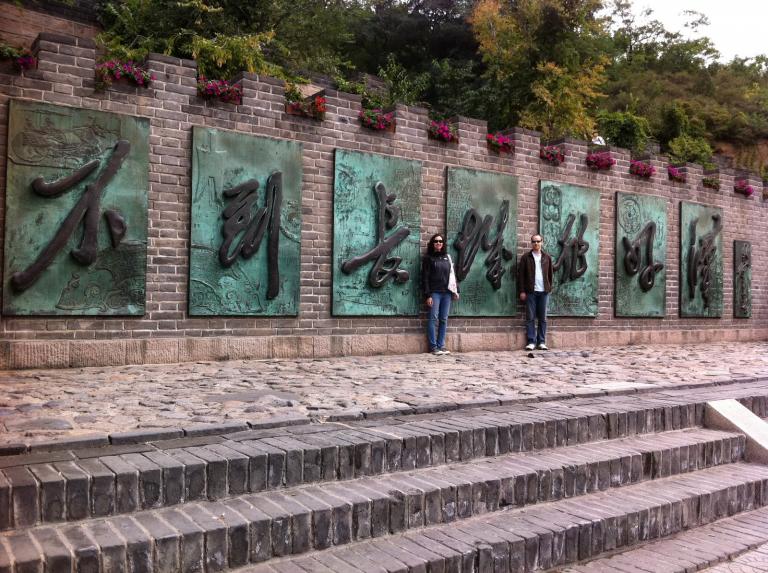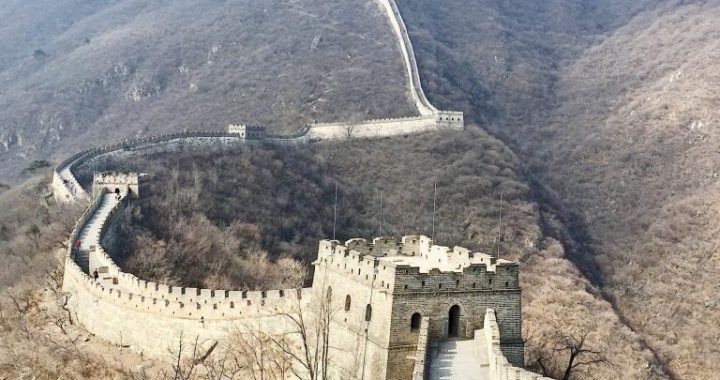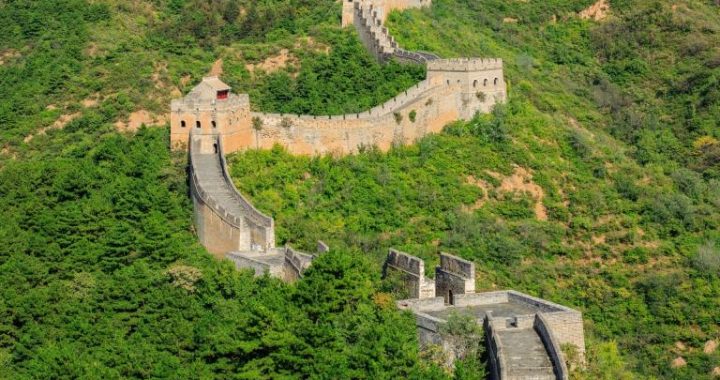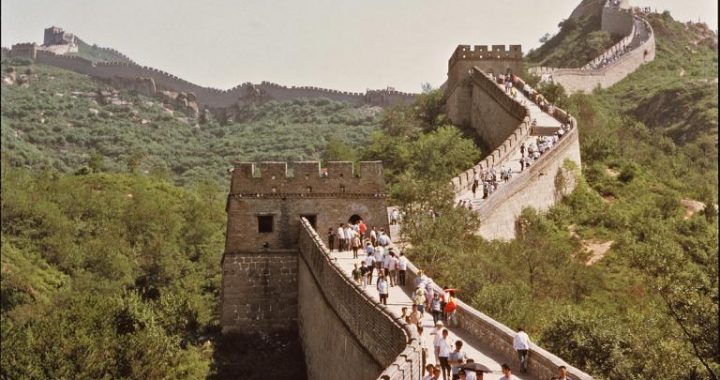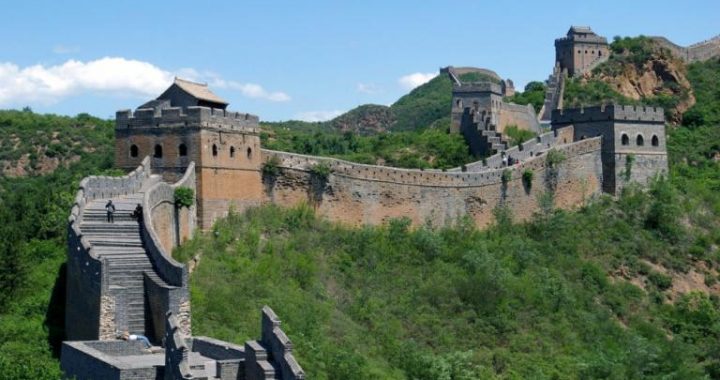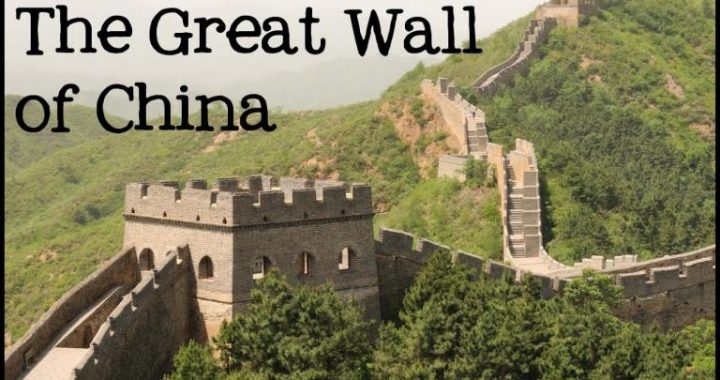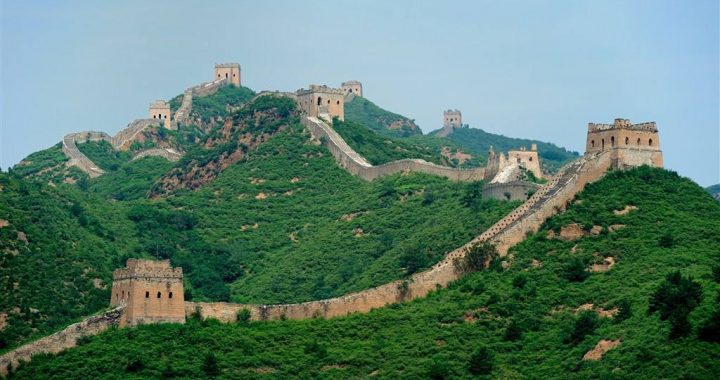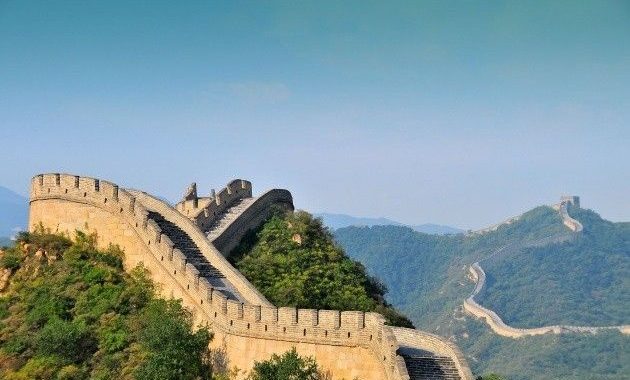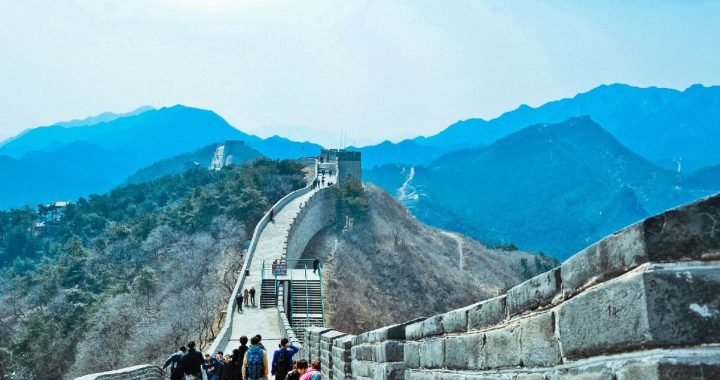THE GREAT WALL:“ As enduring as the land it represents”
3 min readAccording to an old Chinese adage, “To be a true hero, one must first visit the Great Wall.” It is said that when the first astronaut looked back at the Earth from the Moon, the Great Wall was the only human construction that was visible. Winding across the mountain ranges of northern China, the Great Wall was constructed by the agricultural people of the Central China plain as a line of defense against incursions by nomadic northern tribes. Today the Great Wall no longer serves a military purpose, but its cultural significance remains. “As enduring as the land it represents”, it continues to inspire the Chinese people in their unswerving quest for peace and progress, embodying the ancient wisdom of the I Ching (Book of Changes): “As heaven maintains vigor through movement, so the superior person should strive constantly for self-perfection.”
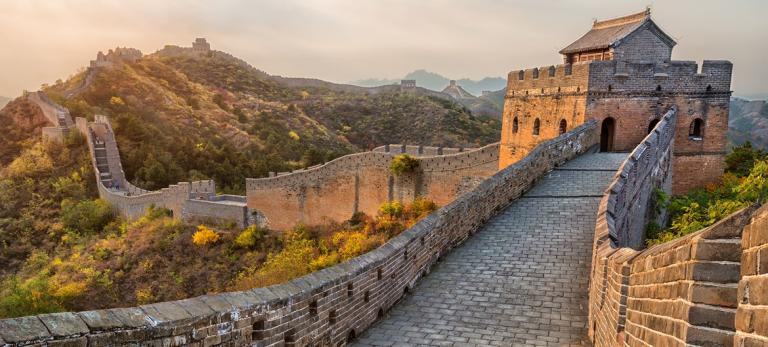
The origins of the list of Seven Wonders of the Ancient World are unknown, but every version includes the Great Wall of China. Along with the Great Pyramid of Giza, the Taj Mahal in India and the other great architectural masterpieces on the list, the Great Wall represents the pinnacle of human endeavor. When foreigners visit to China, they consider it a point of pride to climb the Great Wall. It is as if their experience is not complete without making this heroic trek.
The first elements of the Great Wall appeared as early as the 9th century BC, during the reign of Xuan Wang (r. 827-781 BC) of the Western Zhou Dynasty. At that time, a series of fortresses were built along the northern frontier to defend against attacks by the Yanyun, a nomadic northern tribe. Later, the various states of the Spring and Autumn and Warring States Periods (770-221 BC) constructed watch towers along their borders to defend against northern tribes such as the Xiongnu and the Donghu, as well as against each other. The existing fortresses and watch towers were linked together for the first time in the mid 7th century BC by the State of Chu, creating the earliest version of the Great Wall. In 221 BC, Qin Shihuang (r. 221-209 BC), the first Emperor of the Qin Dynasty (221-207 BC), unified China. He demolished the walls separating the various states, and linked together the sections of wall along the northern frontier that had previously belonged to the States of Yan, Zhao, and Qin. The defensive perimeter that he created, stretching from today’s Lintao county in Gansu Province to eastern Liaoning Province and surrounding regions, is what we know today as the Great Wall. During the Han Dynasty (202 BC-220 AD), the Great Wall was extended west of the Yellow River to Xinjiang, ensuring the safety of the Silk Road trade routes. Subsequent dynasties continued to maintain and extend the Great Wall. Major expansion of the wall occurred during the Ming Dynasty (1368-1644 AD), at which time it was extended by over 11,300 Chinese li (approximately 5650 km) to the southern and eastern Liaoning in the east, and Jiayuguan in today’s Gansu Province in the west. Some sections of the Great Wall have multiple inner and outer perimeters. It has been estimated that over the course of 2,000 years, a total of 50,000 kilometers of wall were constructed as part of the Great Wall, making it the greatest feat of engineering of the ancient world. The Great Wall played a significant historical role, ensuring the safety of central China, protecting trade and cultural exchange between East and West along the Silk Road, and promoting peaceful relations and commerce among the various ethnic groups of the northern frontier.
The Great Wall was built to follow the natural terrain, generally running along the top of mountain ridges. The sinuous line of the wall organically links the massive gate passes, watchtowers, and defensive terraces, like a brushstroke joining a series of dots to create a truly beautiful and awe-inspiring picture. The Great Wall embodies the rhythm and harmony of the surrounding environment. Seen from afar, it is almost as if some great celestial brush has created a line of beautiful Chinese cursive script on a macroscopic scale. The Great Wall is a true example of “Earth Art.”
